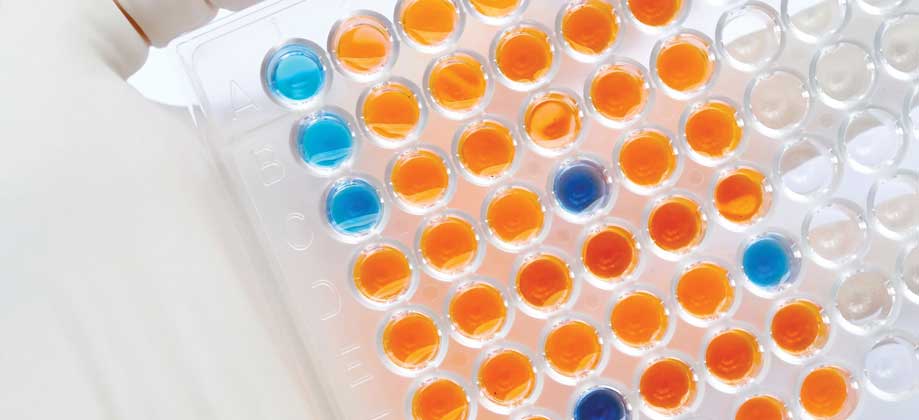Today, an increasing demand for new biomarkers has driven the need for improved cancer detection and monitoring. Studies on pancreatic and metastatic tumors show that a tumor-initiating cell may take 10 to 16 years to develop into metastatic subclones. Besides, most cancers go undetected and are only discovered when the tumor becomes visible or shows symptoms. Hence, early cancer detection is critical for patient survival.
Robust bioanalytical methods and sensitive biomarkers are critical for early detection of cancer. Today, researchers use different mathematical models, bioinformatics tools, and enzymatic assays to detect biomarkers in dynamic tumor microenvironments. Besides, clinicians often employ biomarkers to monitor therapeutic responses and tailor treatment according to individual patients. Multiplexed ELISA assays are the gold standard in biomarker discovery. They help researchers analyze multiple biomarkers and understand their interconnectedness in cancer pathophysiology. The current article discusses multiplexed ELISA assay testing in cancer biomarker research.
Multiplex ELISA assays in biomarker discovery
ELISA peptide and ELISA monoclonal antibody assays are critical for biomedical research. Serum-based ELISA assays are non-invasive tools to monitor biomarkers in blood. Healthy and tumor cells both secret proteins but express different levels of proteins. Therefore, the expression of critical health markers is expected to vary in tumor growth cells compared to patients and healthy individuals. However, most disease biomarkers do not have single specific proteins but require the evaluation of multiple biomarkers to enhance cancer detection. These multiple panels often include biomarkers with different expression levels requiring bioanalytical assays with a broader dynamic range. Historically, ELISA has been a gold standard in biomarker testing.
ELISA assays have four main types: direct, indirect, competitive, and sandwich ELISA. All these formats employ different versions of antigen-antibody reactions. However, conventional ELISA has limitations. ELISA assays can be lengthy. Hence, major immunoassay developers have started combining ELISA assays with fluorescence or chemiluminescence detection to implement multiplexing and rapid analysis.
Luminex is an emerging multiplexing platform for biomarker analysis. Luminex platform employs paramagnetic beads dyed with different proportions of fluorescence to identify individual particles on specific microspheres. Luminex platform provides a stable and direct labeling approach without enzymatic reaction. Today, multiple cancer studies employ the Luminex platform to assess biomarkers in the patient population.
Another platform, called digital ELISA, is a robust technique that is 1000 times more sensitive than traditional ELISA assay with a dynamic range of 104 logs. Besides, it can multiplex up to 10 analytes simultaneously. Additionally, this platform detects single molecules with a limit of detection in the sub-femtomolar levels.
Millipore’s single molecule counting technique solves the concern of high signals associated with non-specific binding of detection antibodies. This multiplexing platform uses antibodies specific to biomarkers labeled with fluorescent dyes. Hence, limited antibody pairs are multiplexed, which reduces cross-reactivity. An advantage of this platform is that scientists can use multiple detectors to differentiate between dyes using filters and diffraction gratings. Moreover, a cytometric bead array is a multiplexing assay that can detect up to 30 analytes in study volumes. These assays are developed to multiplex six cytokines, including IFN-Gamma, TNF-Alpha, IL-2, IL-4, IL-5, and IL10.
Must Read: Emerging Trends in Multiplexed Biological Assay Validation

